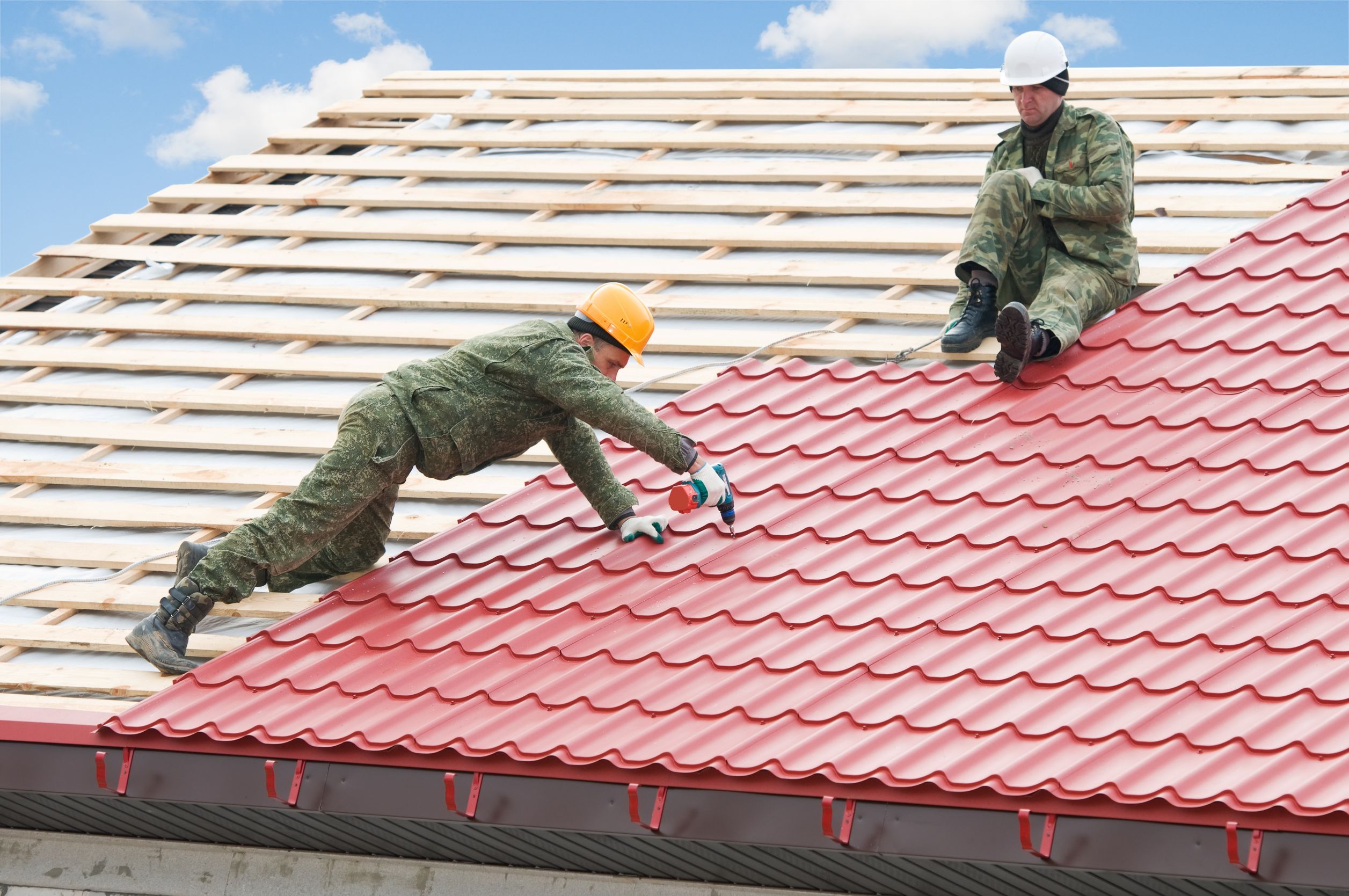Each house owner understands that the rooftop is a key most critical components of their house. It's the first line of protection against the weather, so knowing how climatic conditions impacts your rooftop is vital. From extreme sun to heavy rain and snow, multiple climatic factors can significantly affect the longevity and health of your roofing system. This manual will assist you maneuver the complexities of roof maintenance and replacement, ensuring that you are prepared and ready for any environmental challenges.
As you explore the various factors that affect the performance of roofs, you will understand how to recognize the signals that it might be time to get a new roof, what roofing materials work best in specific climates, and how to handle common roofing problems. Whether you are contemplating a basic repair or a complete replacement, comprehending the connection between weather and roofing can allow you to make the optimal decisions for your home and safeguard one of your most significant investments. Let us dive into the important aspects that every homeowner should know about roof care and maintenance in the face of changing weather conditions.
Grasping Ceiling Lifespan and Substitution
As considering the roof's durability, it's essential to know the duration of multiple materials normally endure. Asphalt shingles can last about twenty to thirty years, while metal roofing options often have a life span of as much as half a century or more. Tile roofs are known for their durability, frequently lasting more than three-quarters of a century. Grasping these durations helps property owners plan for possible renewal and budget accordingly.
Determining the time it’s right to a new roof is crucial to staving off further damage. Frequent inspections can reveal conditions like missing shingles, significant wear, or water damage that signal the need for renewal. Homeowners should be cognizant of the signs and seek expert advice ahead of making decisions. By doing so, they can keep small issues from growing into high-priced repairs.
Renewal requires more than just picking shingles; it requires thoughtful consideration of weather resistance, material types, and installation practices. Whether opting for a roof tear-off or overlay, grasping the best installation techniques is essential for long-term durability. Through planning and studying thoroughly, Kearney roofing contractors can ensure their new roof stands up against the elements and offers peace of mind for the foreseeable future.
Frequent Roofing Issues plus Resolutions

Householders commonly encounter a range of roofing issues that can influence their roofs functionality and lifetime. One of the most typical issues is leaking, generally caused by compromised roof tiles, defective flashing, or incorrect fitting. To address leaks, it's essential to conduct regular checks to identify concerns early and perform necessary fixes. Homeowners should ensure that any damaged roofing materials are replaced swiftly to avoid additional water infiltration, which can lead to extensive harm inside the house.
A different prevalent concern is the existence of moss growth and algal development, which can damage roofing materials over a period. This often happens in shaded areas or in weather conditions with elevated humidity. Homeowners can avoid this by maintaining adequate attic ventilation and pruning overhanging branches to improve sunlight exposure. Additionally, there are certain cleaning products on the market that can be harmlessly used to roof surfaces to remove existing moss growth and avoid subsequent accumulation.
Finally, tempest destruction is an all-too-common issue that can extend from lost roof tiles to significant framework damage. After a tempest, householders should conduct a detailed inspection of their roof structure and look for signs of degradation, including dents, cracks, or absent materials. If any harm is observed, it's wise to contact a licensed roofing expert for repairs to ensure the roofing is restored to its best condition and to stop further problems down the track.
Weather-Proofing Your Roof: Crucial Tips
When it comes to protecting the roof from the elements, regular maintenance is essential. Start by arranging inspections at a minimum of twice a year, ideally in the early spring and autumn. These inspections will help identifying minor issues before they escalate into significant problems. Pay attention to signs like absent shingles, broken tiles, or leaks, as these indicate that the roof may need fixes. Early detection is crucial to prolonging the life of the roof and avoiding costly replacements.
Choosing the right roofing materials can significantly enhance your roof's strength against weather conditions. For instance, asphalt shingles are a popular choice due to their affordability and performance, but metal roofing offers enhanced longevity and resistance to harsh weather. Tile roofing is another excellent option, providing both aesthetic appeal and resilience. When selecting materials, take into account your regional climate and the specific weather challenges you face, such as snow, ice, or strong winds.
Another key aspect of weather-proofing the roof is ensuring proper ventilation and insulation in the attic. Adequate ventilation prevents heat buildup, which can lead to ice dams in winter, while proper insulation helps maintain a consistent temperature, reducing strain on the roof. Additionally, investing in high-quality underlayment can provide an extra layer of protection, especially in regions susceptible to heavy rain or snowfall. Ultimately, taking these proactive measures will help safeguard your roof against the elements and extend its lifespan.
